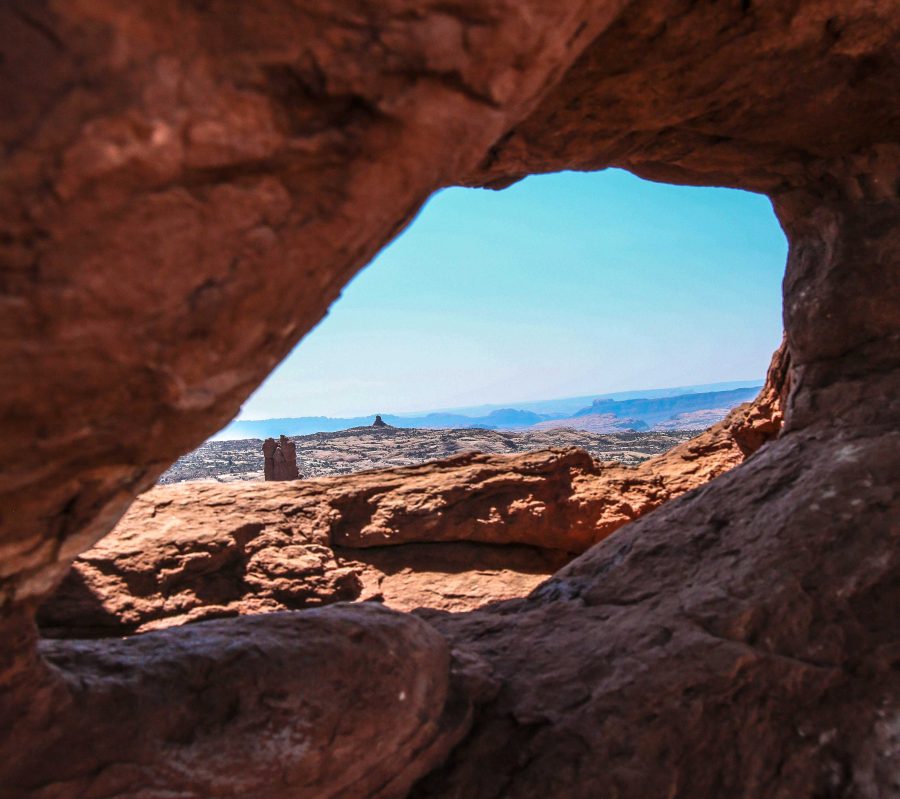Flashback to almost a year ago. Protestors gathered along the streets. Signs hung in every window and were placed on lawns for all to see. President Donald Trump paid a visit to Utah, and almost 2 million acres of land were removed from government protection in the Bears Ears area of southern Utah.
Trump announced that he would reduce the 1.35 million acre Bears Ears National Monument by 85 percent. He also said he would cut the 1.88 million acre Grand Staircase Escalante National Monument nearly in half.
The land was reopened for new mineral and oil and gas leasing opportunities. This change was made with the accompaniment of easing drilling regulations and rolling back habitat protections for endangered species.
These implementations were met with opposition from conservationists. Acting fast, they began to build an inventory listing popular sites that were removed from the national monuments of Grand Staircase Escalante and Bears Ears.
Thousands of locations have been identified between the two national monuments. The list includes many archeology and paleontology sites where historical relics and new dinosaur fossils have been recovered.
After months of cataloging and studying, a geology research team at the University of Utah identified over 115 natural rock arches. 37 are now located outside the Grand Staircase Escalante Monument and 78 are now located outside the Bears Ears monument.
Utah has the world’s largest concentration of natural arches and bridges. Arches National Park alone houses more than 2,000 formations. Due to the high numbers of these formations in the state, it may be hard to understand how fragile and rare these natural structures are worldwide.
The group has begun digitally archiving each arch for their project “Deserted Arches.” Jeff Moore, the associate professor of geology and geophysics at the U, said that the archive is to “preserve a sort of portrait” of them all. “Sometimes people have a view that rock is strong and these features have been there for thousands of years… But I think that people don’t always realize how fragile these arches are and how special they are.”
Ammon Hatch, a graduate student who has been working on the project, said, “I doubt that many people know that there are this many arches out there.” The geology team has begun to highlight arches that are now under the Bureau of Land Management’s jurisdiction. The main goal behind their project is to focus on the structures that could be threatened if the federal agency accepts potential mineral or drill claims.
Mining is the teams’ biggest fear for these natural features that dot the Utah landscape. Anyone wandering, without restriction, across the fragile southern Utah landscape can cause irreparable damage.
One area of worry is Big Arrowhead Arch. The team documents stone features with pictures, videos, audio and advanced 3D models. All arches slowly move over time. These documentations allow the team to track their movement and the sounds that they produce through these normal shifts. “Every second of every day, they’re vibrating, they’re constantly quivering,” said Moore.
Although President Trump’s authority to shrink the monuments is under review in the federal courts, Moore believes that without immediate protection, the arches could disappear more quickly than expected.


